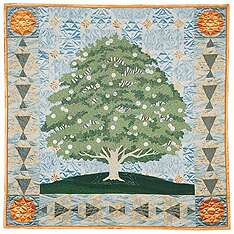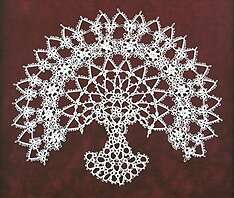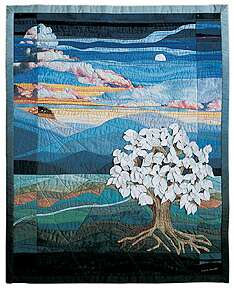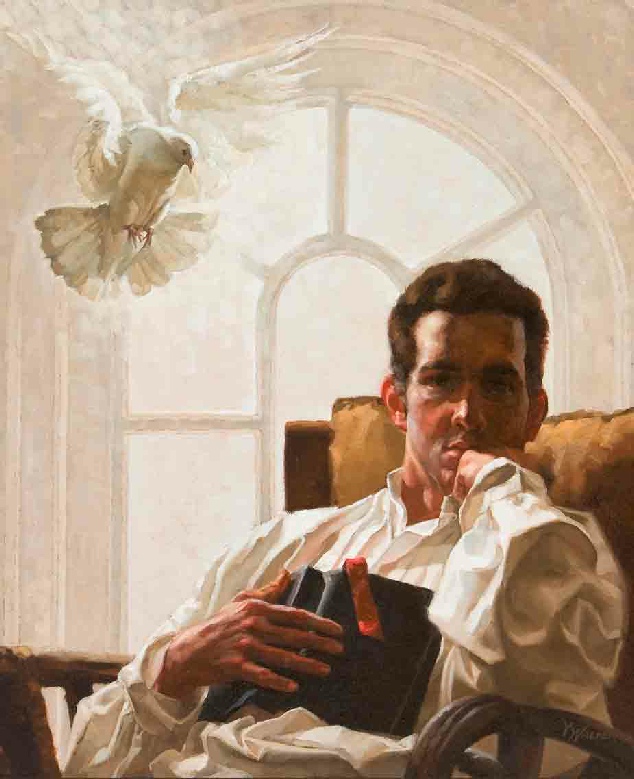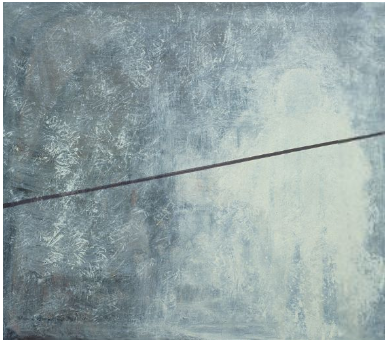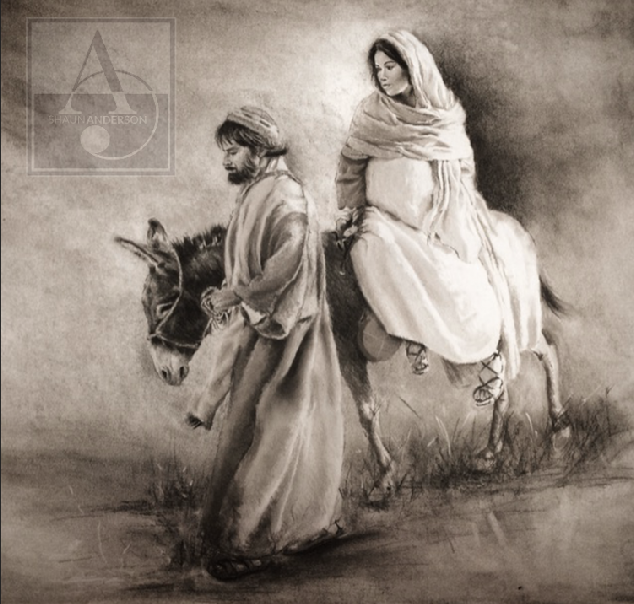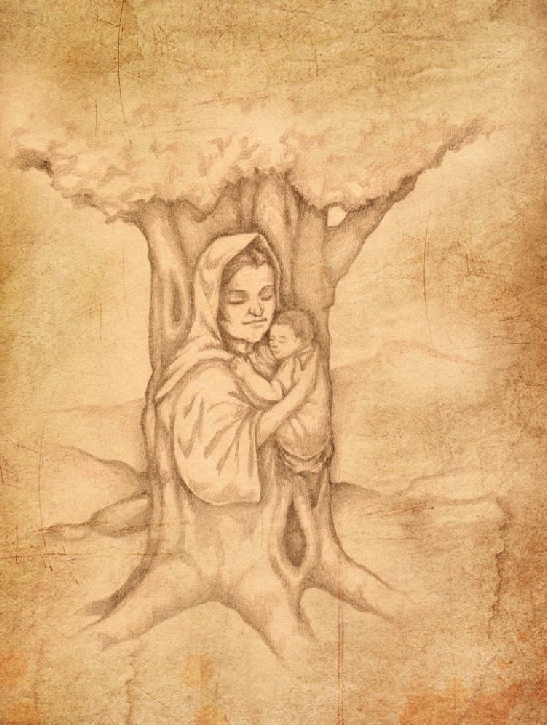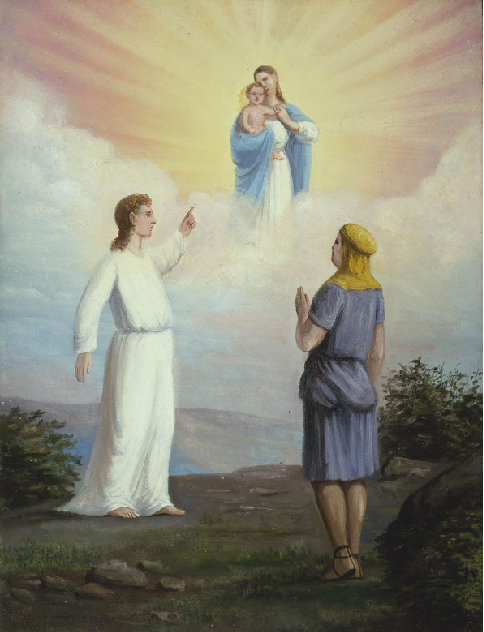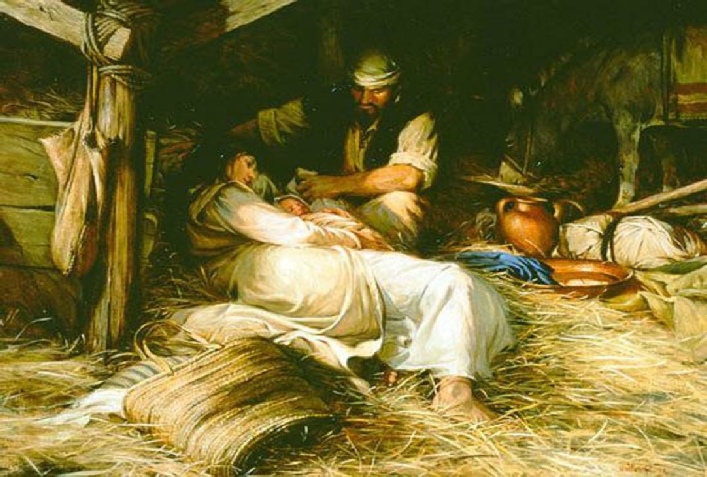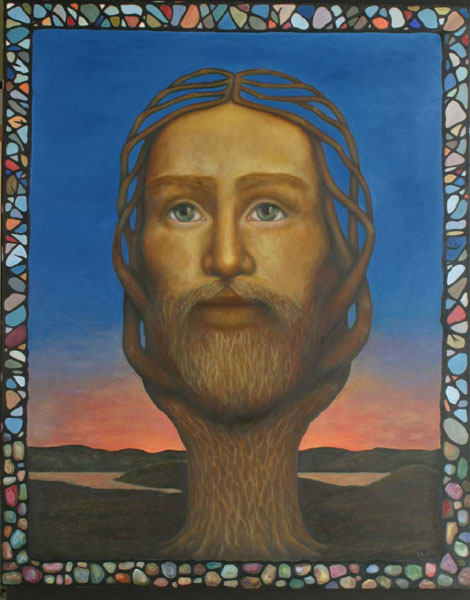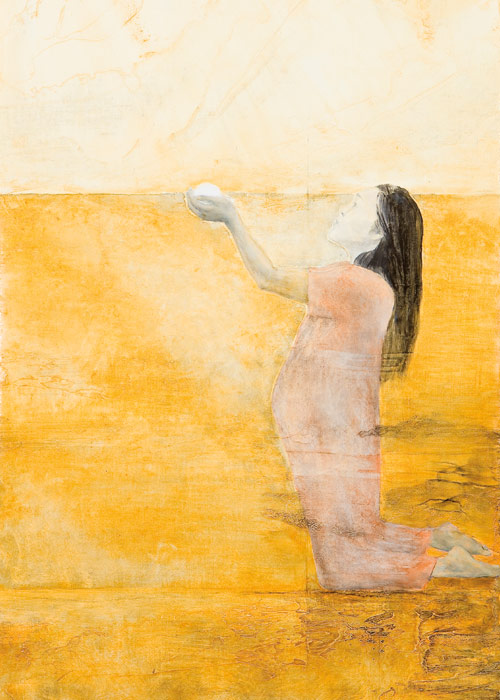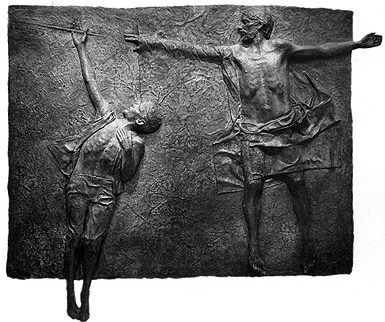






Book of Mormon Feast
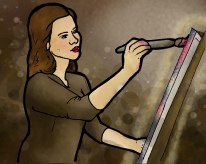
An Artistic Tour of 1 Nephi 9-11
1 Nephi 11
BOOK OF MORMON QUILT
Charlotte Andersen
1 Nephi 11
BOOK OF MORMON MUSIC
“Nephi’s Vision of the Tree of Life” – Marilyn Arnold & Maurine Ozment
Sacred Hymns of the Book of Mormon, 18
After Lehi told his family of his amazing and wonderful vision of the Tree of Life, his son Nephi wanted to see the things that his father had seen. Because of his faith and faithfulness, the Lord blessed him with this desire, and he wrote extensively of the marvelous things he himself saw, all of which testify of the love of God.
1 Nephi 11
Lucile C. Fish
1 Nephi 11
BOOK OF MORMON ART
Derek Hegsted
Oil on canvas
1 Nephi 11
Carol Johnson
1 Nephi 11
BOOK OF MORMON ART
Carol Lind
watercolor on parchment
1 Nephi 11:1
Vicki Lynn Walker
oil on canvas
The Holy Ghost is a powerful witness, who makes “known [God’s] wonderful works” among His children. By the power of the Holy Ghost, we may know the truth of all things. The dove represents a visual witness of what is happening unseen in the heart of the worshipper—the point of revelation, when light begins to flood the seeker of truth.
1 Nephi 11:7
BOOK OF MORMON ART
Johan Helge Benthin, Hoschstadt, Germany
Oil on canvas (78 x 71 cm).
The artist concentrates on one single element of Lehi’s dream, the iron rod, that leads to the glowing figure representing the Savior. (Photograph by R. T. Clark.)
1 Nephi 11:9
BOOK OF MORMON ART
Kathleen Peterson
1 Nephi 11:9-
BOOK OF MORMON ART
Shaun Anderson
This is a charcoal drawing of Mary and Joseph on the way to Bethlehem.
1 Nephi 11:12
BOOK OF MORMON ART
Kathleen Peterson
Oil on paper
1 Nephi 11:13-
BOOK OF MORMON ART
The Mother Mary and Christ Child Within the Tree of Life
Jody Livingston
1 Nephi 11:20
BOOK OF MORMON ART
Nephi’s Vision of the Virgin and the Son of God
C.C.A. Christensen
Oil on board
1 Nephi 11:20,21
BOOK OF MORMON ART
Bearing a Child in Her Arms {Mary and the Christ Child}
Elspeth Young
Artist’s comments:
The story behind Bearing A Child In Her Arms
This painting represents a portion of the vision the prophet Nephi received concerning the life and mission of Jesus Christ "to bear record that he is the son of God" (1 Nephi 11:7).
After being shown the tree of life, Nephi requested to know the interpretation of that tree. Accordingly, Nephi was immediately shown a vision of a "virgin...bearing a child in her arms" and was told that that the infant was "the Lamb of God, yea, even the Son of the Eternal Father!" (1 Nephi 11:18, 21).
Upon seeing this, an angel questioned Nephi concerning the meaning of the tree of
life. Nephi accurately perceived that the tree of life, or Christ, "is the love of
God, which sheddeth itself abroad in the hearts of the children of men; wherefore,
it is the most desirable above all things...and the most joyous to the soul" (1 Nephi
11:22-
Indeed, the love of God has never been manifested so plainly to God's children as in the gift of His "only begotten Son, that whosoever believeth in him should not perish, but have everlasting life" (John 3:16).
This visual representation of this moment from Nephi's marvelous vision seeks also to testify of the reality and divinty of the Son of God.
Symbolism in Bearing A Child In Her Arms
The figures of Mary and the Infant Christ are depicted very clearly in the midst of an indistinct background. As befits Nephi's unwavering focus during the vision, there is nothing in the background to distract the viewer from the message in the vision. All elements, even color and light, point to the center of our existence, Jesus Christ, just as the Spirit of the Lord makes it clear to Nephi that the reason he was shown what his father saw was so that he could bear his own witness of Christ.
The Child is loosely wrapped in the type of "swaddling clothes" in which Mary wrapped
Him at His birth (see Luke 2:7). Other than the barest hint of a golden trim at the
edge of the garment, there is nothing distinctive about the cloth, save its whiteness.
Its brilliance symbolizes His purity-
The viewer is drawn to the Infant's penetrating gaze by the highlight in His eye,
contrasted with the dark shadows surrounding Him. Though partly enveloped in the
shadows of this world, His light is ever invincible. His mission was to descend below
all things and overcome the world-
Mary's countenance is also radiant, partly from the Heavenly light enveloping the two figures; partly reminding the viewer of Nephi's description her as "exceedingly fair and white...most beautiful and fair above all other virgins" (1 Nephi 11:13, 15). Her beauty borne of goodness is also echoed in the words of Alma, who called her "a precious and chosen vessel" (Alma 7:10).
Mary's hair is seen unveiled, a visual representation of her virginity. In her day, it was customary for maidens to show their hair in public as a sign of their chastity. This, among other cultural clues of apparel may have helped Nephi identify her as a virgin without any help from the angel.
Mary's dress is patterned on traditional Palestinian dress, or shinyar, a costume silhouette dating back 1500 BC. The embroidered ornamentation on its yoke and sleeves is typical of Israelite bridal costume, though it is intended here as another visual symbol of elements in Nephi's vision. The golden motifs embroidered on its sleeves are a tree of life symbol, while the red and gold banding beneath the trees represent the rod of iron which Nephi beheld leading, "to the fountain of living waters, or to the tree of life" (1 Nephi 11:25).
The vessel immediately behind the figures is an oil cask symbolizing the Savior's
mission as the Anointed One, sent to earth to "heal the broken-
BOOK OF MORMON ART
Walter Rane
Commissioned.
1 Nephi 11:22
Annele Halmetoja
Oil on linen
The artist said: "I love Christ and I love trees. I see connections between Jesus and living trees. He spoke several parables about them. My concept is to have the image of the Savior grow out of the tree. All of my work expresses a love of Jesus, and as I created this painting my understanding of Him increased."
1 Nephi 11:22
BOOK OF MORMON ART
Nanako Hayashi
Tasting the fruit of joy, which is the love of God, encourages us to “make known his wonderful works among the people” (Doctrine & Covenants 65:4).
1 Nephi 11:25
BOOK OF MORMON SCULPTURE
Mike Lefler
Bronze, granite, sandstone
This working fountain presents the tree of life as a fountain of living water and invites all to drink and never thirst again. This work contains symbolic representations of Christ, the Godhead, man's relationship to the Godhead, and the fruit of the Tree of Life. The themes depicted in the fountain were inspired by this scripture: "And it came to pass that I beheld that the rod of iron, which my father had seen, was the word of God, which led to the fountain of living waters, or to the tree of life; which waters are a representation of the love of God; and I also beheld that the tree of life was a representation of the love of God" (1 Nephi 11:25).
1 Nephi 11:25
Taste of the Fruit of the Tree of Life
Denis Gerard Daniel Mejean
France, 2012 – acrylic on canvas
In his dream, Lehi tastes of the fruit of the tree and recognizes the love of God. We also can taste of the love of God by acting as His true disciples.
BOOK OF MORMON SCULPTURE
Franz Johansen, Provo, Utah, United States
Cast bronze (252 x 213 x 16 cm).
The crucified Savior’s hand reaching through the veil between mortality and immortality becomes an extension of the iron rod. The boy strives upward to grasp the rod.
